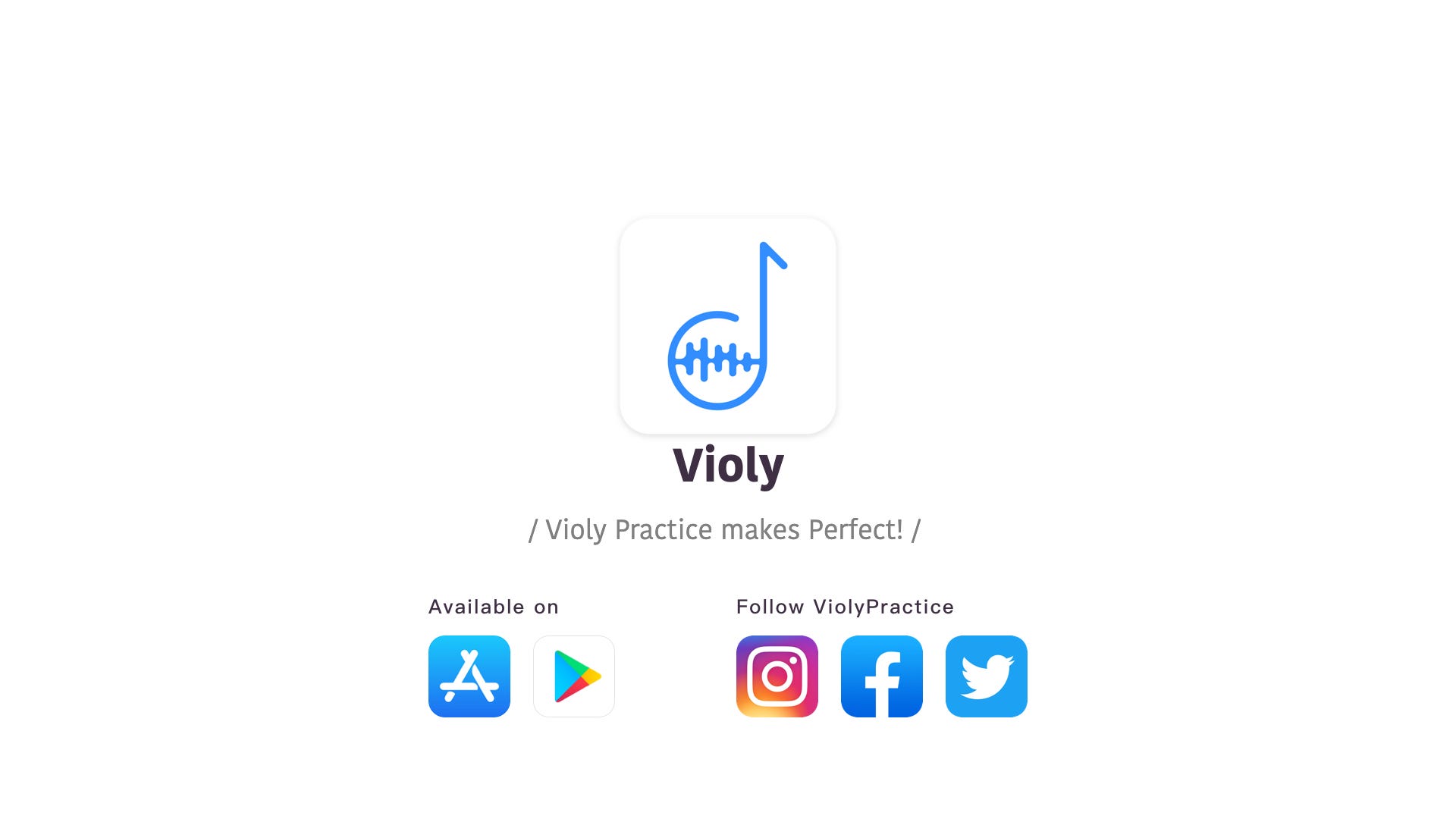As the most direct source of sound, violin strings are extremely important for not only the instrument itself, but also the violinists. What should be paid attention to is that most violin students and parents have no idea about choosing right strings, unless professional violin teachers give specific advice to them during violin lessons.
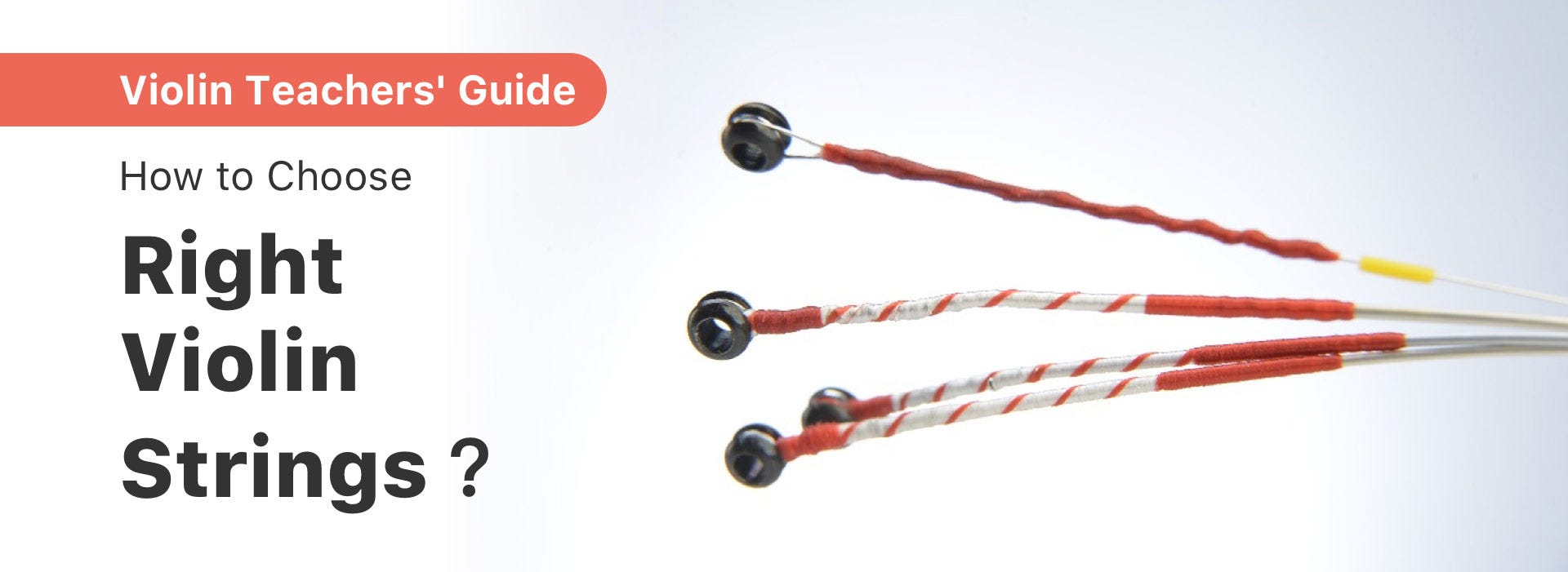
Some violinists stick with the strings they’ve been using for years, while others constantly seek different strings that might improve their instrument’s sound or make playing easier. These days, string players face a multitude of choices when it comes to picking violin strings. Trying every available string on the market to find your dream strings is probably unrealistic, but you can have a general idea of selecting strings after reading this article. In this article we focus on brief introduction and regular choices of violin strings, and based on prices, we will tell you what kind of strings match your violin best.
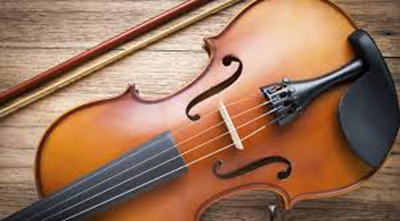
First we need to clarify that violin strings are consumables.
It is normal to change new ones when your violin strings are broken. It seems that some violin students feel like ruining their instruments as they break strings when tuning. Actually we don’t have to panic.
The optimum service life for violin strings is three to six months.
If your strings are not severely worn, they can serve for about one year. It may be terrified for violin beginners to find that their strings get broken just within several days. But as a fresh hand for tuning, many actions can lead to string breaking, such as wrong stringing ways, bumping and tightening strings too much. Therefore, preparing for new strings to change at any time is what violin players usually do.
Features of Some Violin Strings Used during Violin Lessons
Violin strings used during violin lessons are mainly classified into three types: gut strings, nylon strings and steel strings.
Gut strings are very old and their design goes back several centuries. The tone of this kind of strings can be very gentle and they are suitable for performing music in Baroque era. Typically made from sheep intestines, gut strings are lower tension than other strings and have a complex tone that is rich with overtones. Because of the low tension and winding method, they are more pliable under fingers than other strings and require players to finesse the sound from their instruments with the bow. But gut strings are easy to break and hard to preserve. Besides, the prices are very high. Considering these factors, we don’t recommend students to use gut strings unless they are soloists or hard-core fans of classical music.
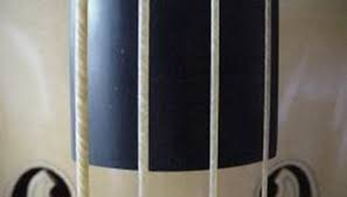
Nylon strings are modeled on gut strings. Compared to gut strings, nylon strings combine durability and tone in an effective way. They are much more stable in pitch than gut strings. Though “gut-like,” they tend to have a more focused tone with fewer complex overtones. They are popular among violin students of higher grades and professional violin performers, and can be regarded as standard equipped strings for them. The prices of nylon strings can vary from around 5 to 220 USD.
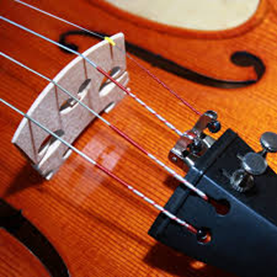
Steel strings are the most universal strings. In general, steel strings have a quick response and a clear, focused, brilliant tone. But, don’t expect a great deal of depth and tonal complexity from steel strings. Steel strings can be used for quite long time that unless they are broken, they are durable until they get rusty. But they are literally not friendly to violin players’ fingers. Generally, they are the least expensive strings on the market. The prices vary from around 1 to 35 USD.
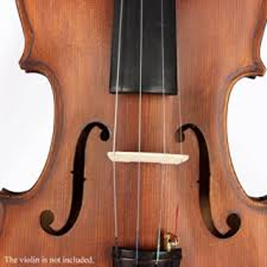
The Way to Choose Right Violin Strings for Violin App and Violin Tuner
The most practical and operational way to select violin strings is to choose according to the price of your own instrument.
Here we will provide some choosing ranges in violin teachers’ view for your reference. Personal preference and special demands are not included among the ranges.
Price below 150 USD — Steel strings within 3 USD
Price from around 150 USD to 300 USD — Steel strings within 7 USD
Price from around 300 to 700 USD — Steel strings from around 7 to 20 USD or elementary nylon strings
Price from around 700 to 1500 USD — Steel strings or nylon strings from around 15 to 40 USD
Price over 1500 USD — Nylon strings over 30 USD
The ranges above are only suggested ranges. It will be definitely better if your professional violin teacher specifies which kind of strings you need to buy.
For violins whose prices are below 150 USD, steel strings within 3 USD is enough. Since the size of these violins are usually 1/4 or 1/2, strings of high quality cannot perform well on them. On the other hand, for violin kids who use these kinds of violins, they are not able to take good care of their instruments and may break strings frequently. Therefore, it is reasonable for them to use strings of low prices.

For violins whose prices are from around 150 USD to 300 USD, we recommend steel strings of Alice brand. These kinds of violins are not delicately made, but will sounded more beautiful with better strings. The string prices of Alice brand can be various and you may choose in your own preference.
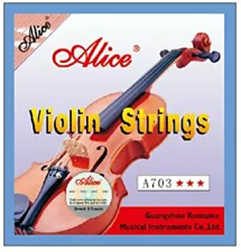
For violins whose prices are around 300 to 700 USD, we should decide by sizes. For those smaller than 3/4, we recommend you use steel strings. For those of 3/4 or 4/4, we recommend nylon strings of PIRASTRO TONICA.
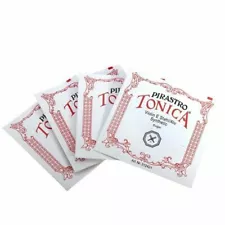
Violins whose prices are around 700 to 1500 USD are generally for adults, so the demands for tone can be higher. But on the other hand, violins of this price range are not that high-grade, so the most suitable strings must be those of around 30 USD.

As for violins whose prices are over 1500 USD, we will not give advice here. Players who hold these kinds of instruments can decide on their own.
Choose right violin strings and enjoy your practice on violin app more!
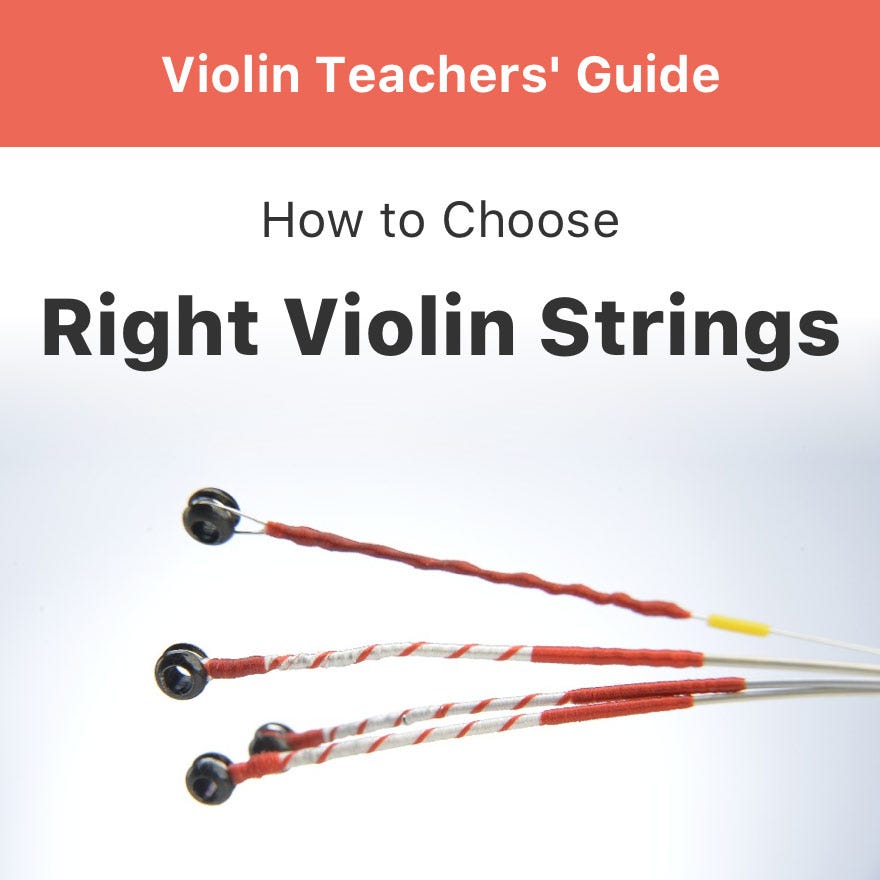
Have a HAPPY practice!!
More Violin Articles:
Teaching Violin Students to Read Key Signatures
Solfeges used in Violin Lessons
Also, check out violin sheet music on Violy App~
Pyotr Ilyich Tchaikovsky,
and finally, Dmitri Shostakovich.
#ViolyPractice makes Perfect!!
Follow us on: Violy.app
